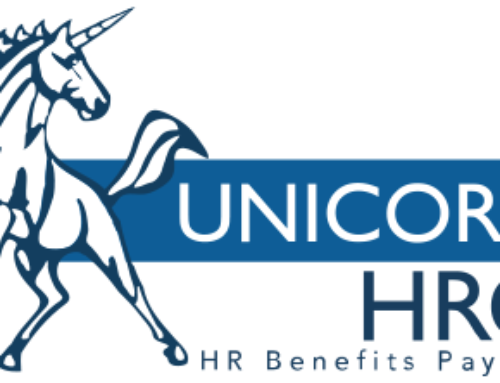Business has long divided their operations between revenue generating centers and cost centers as a way to measure performance in the different departments. Revenue centers generate sales by providing goods or services while expense centers are responsible for support functions. Sales and marketing are the most common of revenue generating activity while administration and facilities management are considered cost centers.
However, these classifications have been shifting with the use of software that automates workflow and improves efficiencies. Nowhere is this more evident than in Human Resources (HR) where a number of different functions can be automated such as payroll, offering health insurance, and PTO scheduling, as well as managing everything from attendance to performance reviews. Additionally, new automation solutions can help HR departments help hire, train, and even retain employees.
Let’s focus on a few core HR functions that can significantly benefit from automation.
Recruiting
Recruiters have numerous challenges in today’s highly competitive marketplace, especially dealing with a growing workforce of millennials who have unique requirements across the spectrum of full time, part-time, contract or on-demand positions. And because recruiters need to reach the largest possible audience of qualified applicants, online posts on multiple job boards are a necessity, often resulting in an overwhelming number of applicant resumes that need to be reviewed.
New technology in the form of applicant tracking software (ATS) helps to vastly simplify and expedite this process and provide richer insights into the candidates. With ATS, much of the process of reading resumes, choosing prime candidates, and eliminating those without relevant experience is performed by the software, freeing up valuable time for recruiters.
Onboarding/Offboarding
Manual completion of these tasks involves not only the employee but also various personnel from HR, payroll, benefits and facilities management. Paperwork must be completed by each with the same information being ingested repeatedly – multiplying the chances of manual errors. Automating the process ensures that information (i.e. name, date of birth, social security number, etc.) from the application tracking software is loaded to the various forms so the employee need not repeatedly fill in the same information. Automated processes can also help ensure that an employee’s departure from the organization is handled efficiently and tactfully.
Payroll/Benefits
Managing and assisting employees in selecting company benefits options is one of the central tasks of HR. Not only is it important to have benefits that make employees happy, it is also imperative to communicate information on benefits that’s clear and easy to understand. There’s a significant convenience factor in having automated employee benefits administration processes in place. This is especially true if a business operates across multiple states, if part of the workforce operates remotely, or if employees are allowed to work flexible schedules. Additionally, many companies offer more than one health insurance option. For people trying to decide which is right for them, side-by-side comparisons can be presented, as well as tools like online savings calculators so employees can be well-educated regarding the ins and outs of their benefits offering.
Compliance
When employee benefits administration is automated, the risk of human error is reduced and reporting requirements are more easily fulfilled. For instance, automating tax documentation helps verify that the organization is charging the correct taxes for their operation. Software can also provide up-to-date information on requirements and rates from around the world.
Human Capital Management
This software solution streamlines many HR processes in cost effective and efficient ways. It is designed to integrate multiple processes and provides ways to record staff data and monitor staff progression within the company. It also provides HR staff with the ability to match workforce tasks to workers based on their skills, and correlate the associated costs to the company. These applications help organizations engage in more strategic planning such as choosing training options which improve workers’ skills and talents. It also enables HR departments to identify any gaps in the skills of their current workforce and helps guide future recruitment.
While automating software will not make HR a revenue center, its implementation can improve the operation of the department, and ultimately provide a valuable and calculable return on investment.



